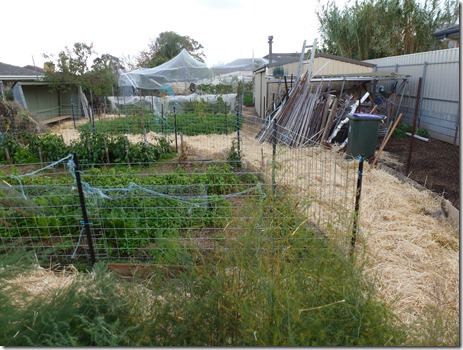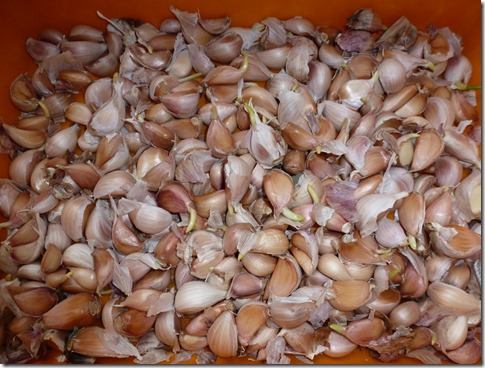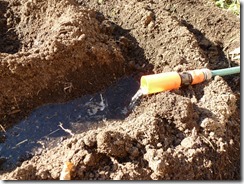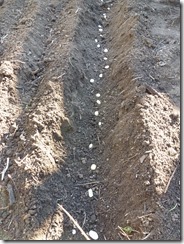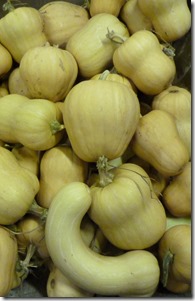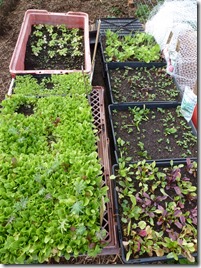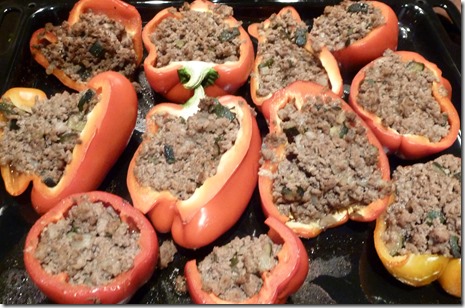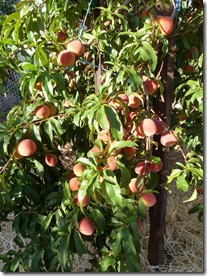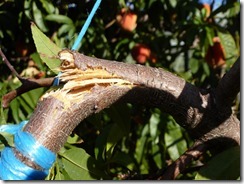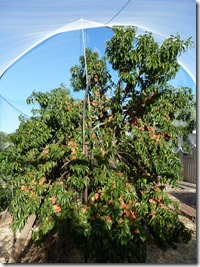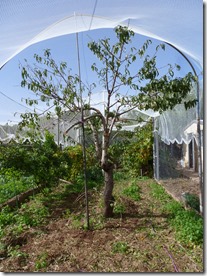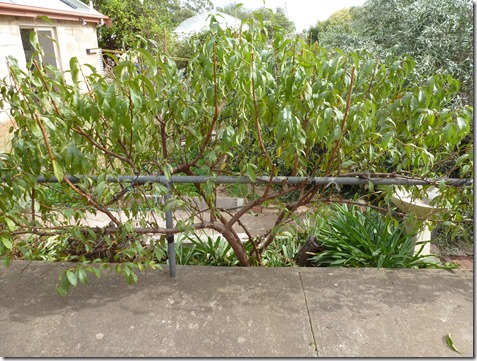It’s the last weekend in autumn down-under in southern Australia and therefore ‘Garlic Sunday’ on the Adelaide Plains.
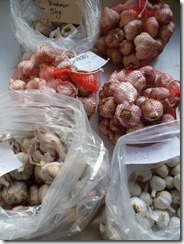 Faced with the annual pilgrimage to Germany, as of next weekend, it’s also my last chance to get the early garlic planted out and the winter mulch onto the garden paths. Pretty much everything else is in order after eight months of effort since our return from Germany at the start of the Australian Spring in September last year. Summer crops have come and gone, autumn and winter crops are planted, all thirteen garden beds are full, but my stock of seed garlic is dawdling along and refusing to be ready…
Faced with the annual pilgrimage to Germany, as of next weekend, it’s also my last chance to get the early garlic planted out and the winter mulch onto the garden paths. Pretty much everything else is in order after eight months of effort since our return from Germany at the start of the Australian Spring in September last year. Summer crops have come and gone, autumn and winter crops are planted, all thirteen garden beds are full, but my stock of seed garlic is dawdling along and refusing to be ready…
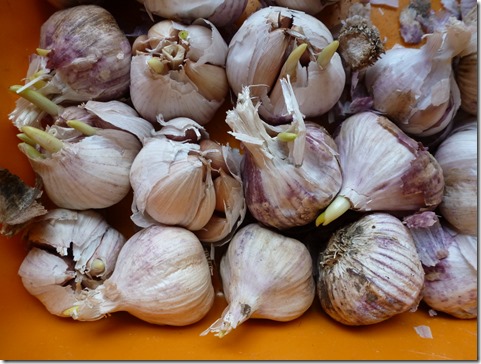 So there’s nothing for it but to go along with Mother Nature at her own pace; I can clearly only plant out those garlic varieties that have sprouted in readiness for the new season. The two varieties that are half ready – ‘Monaro Purple’ and ‘Shantung’ – get picked over and the garlic cloves broken out ready for dropping (sprout up) in the trenches.
So there’s nothing for it but to go along with Mother Nature at her own pace; I can clearly only plant out those garlic varieties that have sprouted in readiness for the new season. The two varieties that are half ready – ‘Monaro Purple’ and ‘Shantung’ – get picked over and the garlic cloves broken out ready for dropping (sprout up) in the trenches.
The other varieties - ‘Printanor’, ‘Ail de Pays Gers’ and ‘Italian White’ – are still locked down hard inside their skins, and so will be placed in the shed on my work bench in the sun for the five weeks of my absence to shift them along a bit. By then the cold weather will have set in, and I’ll be able to occupy myself planting out the last 8 kg of seed garlic during the sunny middle hours of our winter days.

